In addition to preserving architectural works, the project also has a long-term vision to turn Son Tay Citadel into a center of innovation combined with heritage, a model of sustainable cultural and tourism development that Hanoi is encouraging in localities with great potential.
Son Tay Citadel was the seat of Son Tay town and Son Tay province since the Nguyen Dynasty. With its cultural and historical importance and unique construction techniques, in 1994, Son Tay Citadel was recognized as a National Historical Relic by the Ministry of Culture and Information (now the Ministry of Culture, Sports and Tourism). After more than 200 years, devastated by many wars and time, Son Tay Citadel was mostly destroyed, leaving only the citadel wall, front gate, back gate, 2 cannons and some ruins such as the watchtower, Kinh Thien Palace foundation, well...
|
Perspective of a restored corner of Son Tay Ancient Citadel gate. |
According to the Management Board of Son Tay Town Construction Investment Project, the project was implemented based on the map of Son Tay Citadel during the Nguyen Dynasty in the year of Ky Hoi 1839, in the EFEO Photo Collection (Extreme East Institute) kept at the Institute of Social Science Information (Vietnam Academy of Social Sciences), the project to restore and reconstruct Son Tay Citadel is divided into two phases. Phase 1 (2024-2027) will restore the Governor's Palace, military barracks and garden system; restore the East Gate and build a new bridge over the West Gate. Phase 2 (2025-2028) will restore the An Sat Palace, Bo Chanh Government along with landscape items, gardens and overall connecting spaces inside the citadel. A walking street about 820m long was formed, stretching from Pho Duc Chinh Street (near the town People's Committee headquarters) to Cua Tien Bridge (Quang Trung-Nguyen Thai Hoc intersection), with a usable area of up to 34,550m2 . The approach to the moat around the ancient citadel was renovated, creating viewpoints and stairs towards the heritage space, combined with new paving design and green landscape to increase interaction with visitors, while creating spaces to stop, visit and experience the relic.
To have a basis for implementing the project, the Town People's Committee and the Son Tay Town Construction Investment Project Management Board held a conference to collect opinions from relevant organizations and individuals. In which, famous scientists all agreed and supported the renovation and restoration of Son Tay Citadel. Professor, Doctor, architect Hoang Dao Kinh suggested preserving the citadel in the direction of creating symbiosis between the traditional urban structure and the surrounding urban area.
Restore Son Tay Citadel and promote its value as a cultural and historical park. Including open conservation, that is, making the heritage alive and developing like Thang Long Imperial Citadel, Hanoi. Professor, Doctor of Science Vu Minh Giang, Member of the National Cultural Heritage Council, proposed that the excavated relics and above-ground items could be considered for the plan to build 3D films about the excavation work and the history of the citadel's construction to bring tourism products to visitors.
Mr. Le Dai Thang, Vice Chairman of Son Tay Town People's Committee, said that the restoration of Son Tay Citadel not only contributes to protecting this special relic, but also lays the foundation for the formation of creative spaces with Son Tay identity. It is expected that this place will be a tourist connection point of the Xu Doai region, connecting natural historical-cultural values in an ecosystem for developing smart and sustainable tourism in the Capital.
Source: https://www.qdnd.vn/van-hoa/doi-song/trung-tam-sang-tao-di-san-thanh-co-son-tay-824739


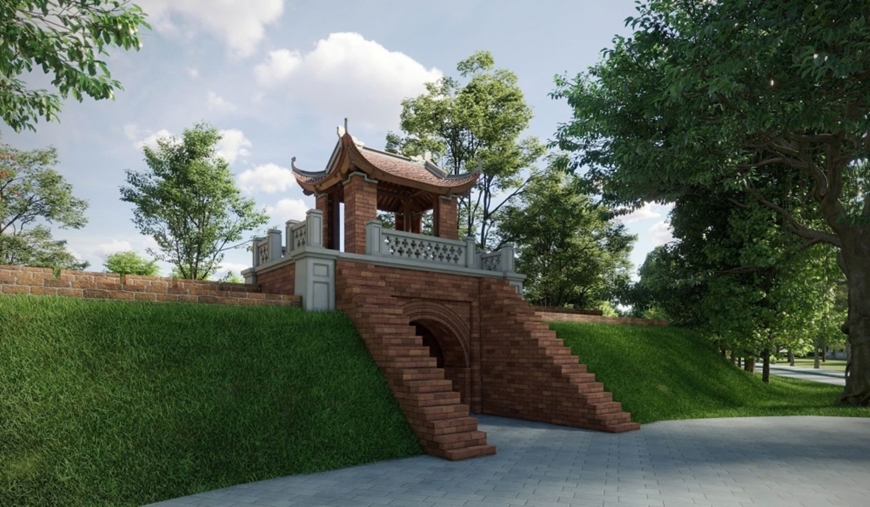

![[Photo] Ho Chi Minh City: People are willing to stay up all night to watch the parade](https://vphoto.vietnam.vn/thumb/1200x675/vietnam/resource/IMAGE/2025/4/29/cf71fdfd4d814022ac35377a7f34dfd1)
![[Photo] Hanoi is brightly decorated to celebrate the 50th anniversary of National Reunification Day](https://vphoto.vietnam.vn/thumb/1200x675/vietnam/resource/IMAGE/2025/4/29/ad75eff9e4e14ac2af4e6636843a6b53)
![[Photo] Ho Chi Minh City residents "stay up all night" waiting for the April 30th celebration](https://vphoto.vietnam.vn/thumb/1200x675/vietnam/resource/IMAGE/2025/4/30/560e44ae9dad47669cbc4415766deccf)
![[Photo] General Secretary attends special art program "Spring of Unification"](https://vphoto.vietnam.vn/thumb/1200x675/vietnam/resource/IMAGE/2025/4/29/e90c8902ae5c4958b79e26b20700a980)
![[Photo] Demonstration aircraft and helicopters flying the Party flag and the national flag took off from Bien Hoa airport](https://vphoto.vietnam.vn/thumb/1200x675/vietnam/resource/IMAGE/2025/4/30/b3b28c18f9a7424f9e2b87b0ad581d05)


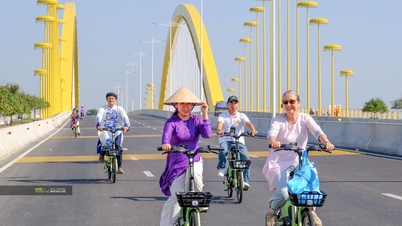





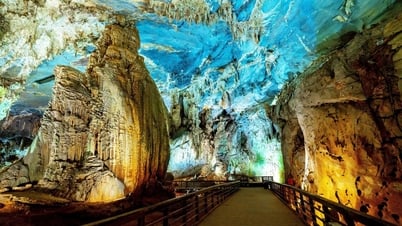
















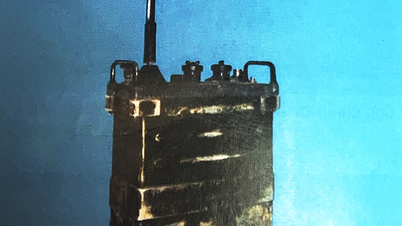







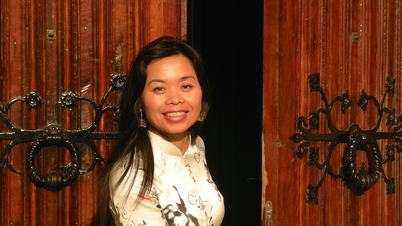









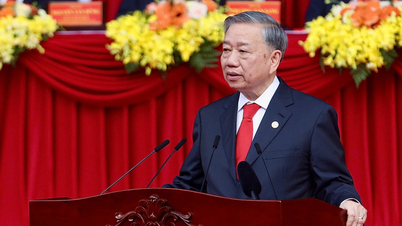


















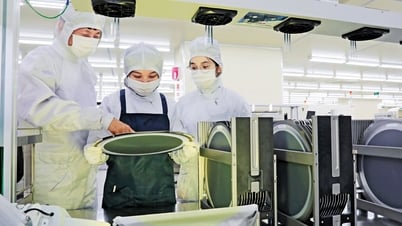



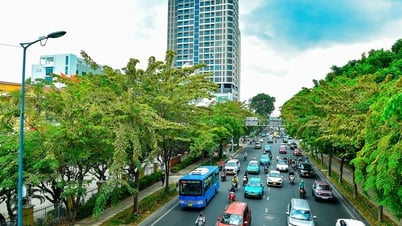

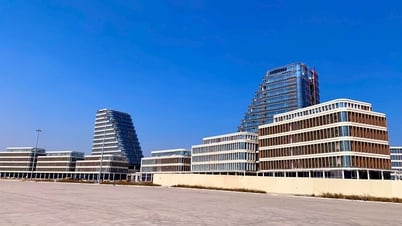











Comment (0)